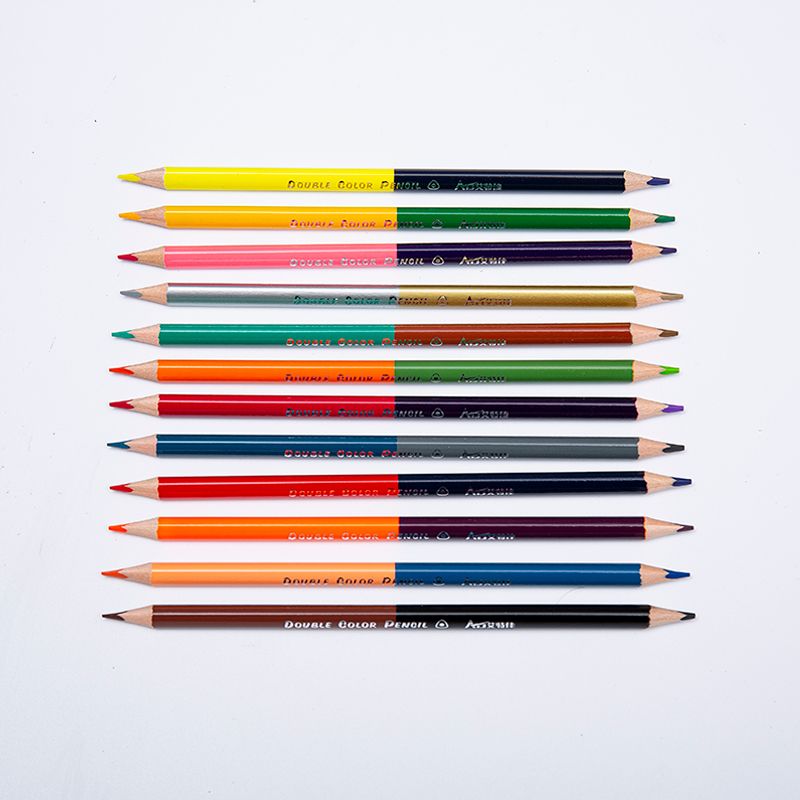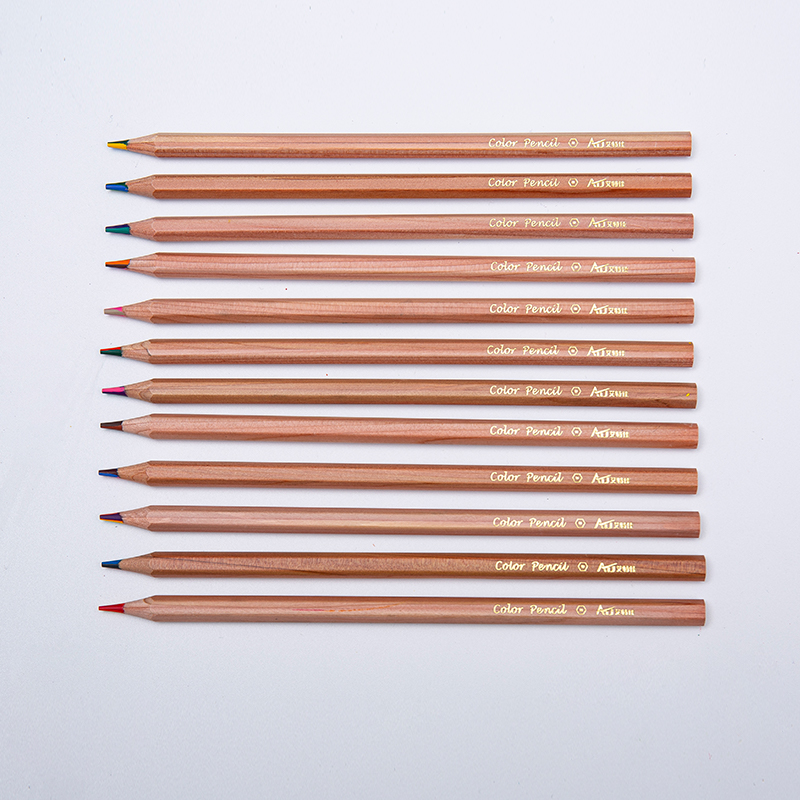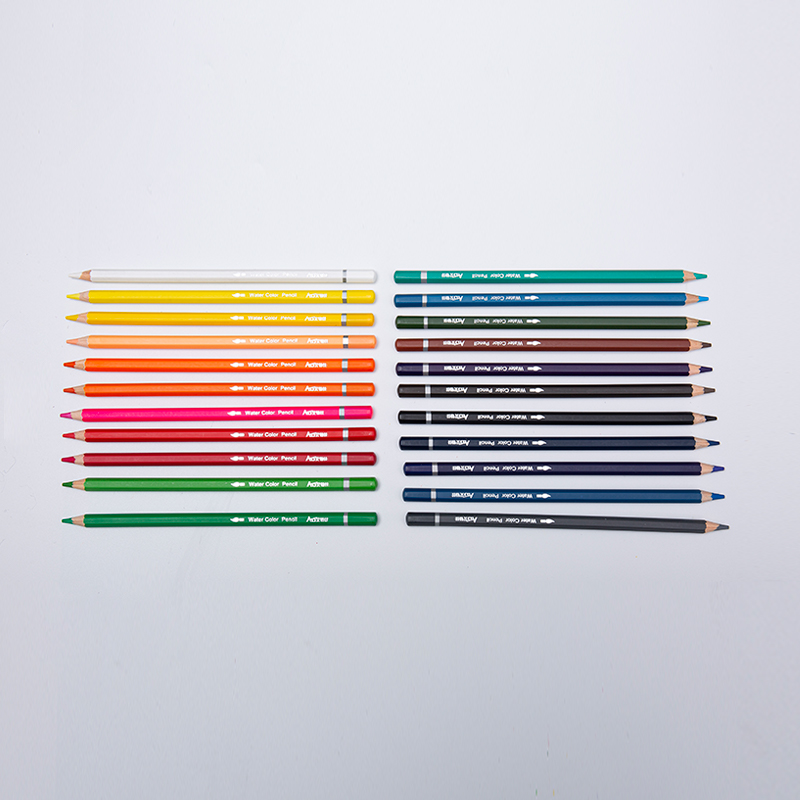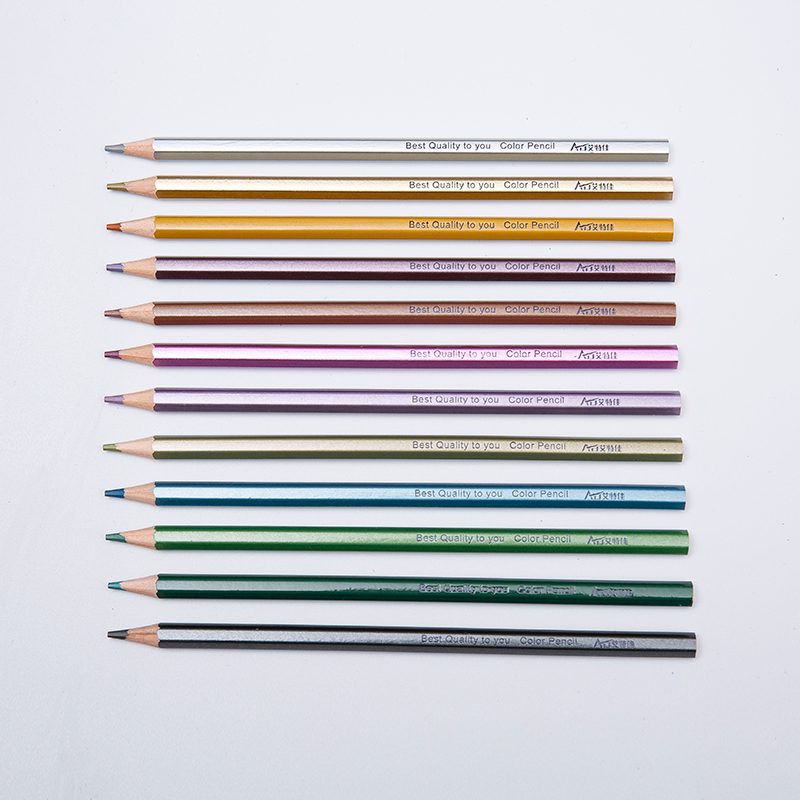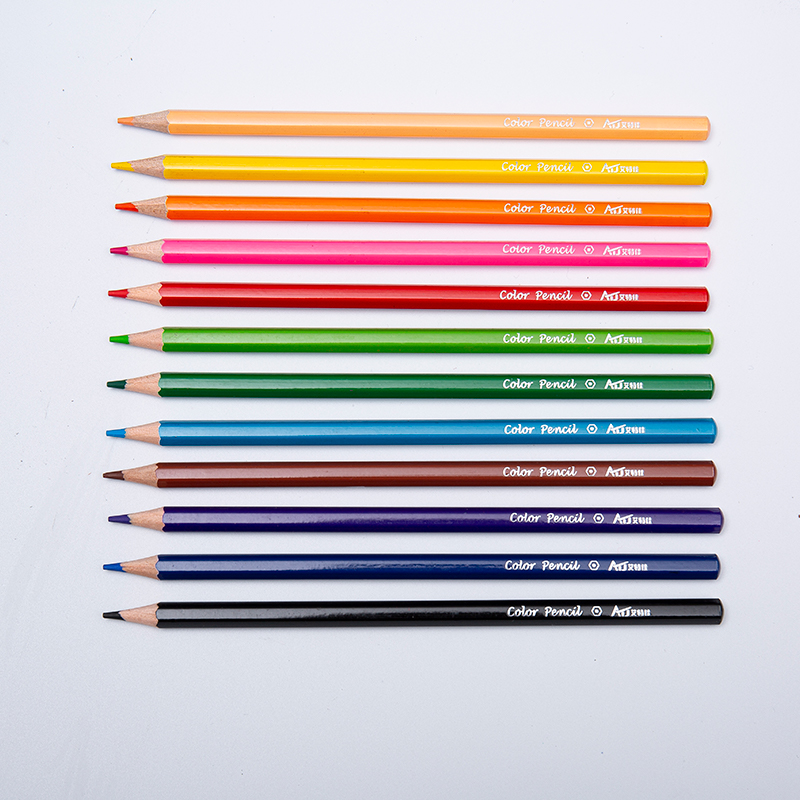Every time someone picks up a pencil to sketch an idea, they are holding a small piece of craftsmanship shaped by tradition and technology. A drawing pencil may look simple, but behind that wooden body lies a story of precision, balance, and creativity. Visiting a drawing pencil Factory reveals how such an ordinary object becomes an essential tool for both artists and everyday users.
1. From Graphite to a Fine Drawing Tool
The journey begins with the graphite core, the heart of every drawing pencil. In a drawing pencil Factory, graphite powder is carefully blended with clay and water to create the desired hardness or softness. A pencil labeled “H” means the core is harder, giving clean and light lines ideal for technical drawings. The “B” grades, on the other hand, are softer and darker, favored by artists who enjoy rich shading. This simple grading system makes drawing pencils versatile enough to handle everything from architectural sketches to expressive portraits.
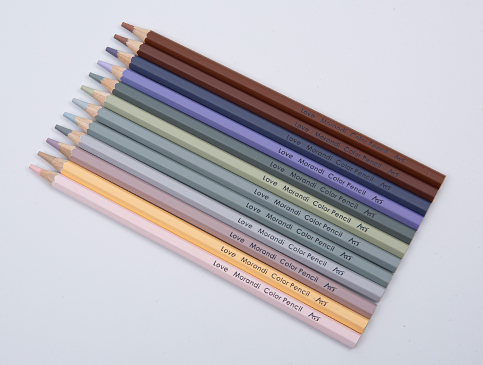
After shaping the graphite mixture into thin rods, they are dried and fired in a kiln. The next step is encasing them in wooden barrels - usually made from cedar or basswood. These woods are chosen for their smooth texture and ability to sharpen cleanly without splintering. When you hold a drawing pencil that feels just right in your hand, that comfort is the result of careful selection and testing in the factory.
2. Balancing Art and Technology
Inside a modern drawing pencil Factory, technology plays a big role in achieving consistency. Machines measure every detail - from the thickness of the graphite to the uniformity of the wooden casing. Yet, despite the automation, many steps still require human attention. Skilled workers inspect the pencils for smooth finishes, even coating, and proper alignment.
At this stage, finishing touches like painting, stamping, and varnishing take place. These steps not only make the drawing pencil look polished but also protect it from moisture and daily wear. The goal is to create a tool that feels natural in the hand and performs predictably on paper. Whether used by a student or a professional designer, each pencil must offer a smooth, controlled experience.
3. What Makes Drawing Pencils Irreplaceable
In a world filled with tablets and styluses, why does the drawing pencil still matter? The answer lies in the tactile connection it offers. The slight resistance of graphite against paper provides immediate feedback - something no digital tool can fully replicate. Artists appreciate how easily they can adjust line weight or tone by changing pressure or angle. Students and engineers value its erasability and accuracy.
A drawing pencil encourages exploration. You can test an idea, erase it, refine it, and keep going - all without losing the sense of touch that comes with real materials. That's why drawing pencils remain a bridge between imagination and creation.
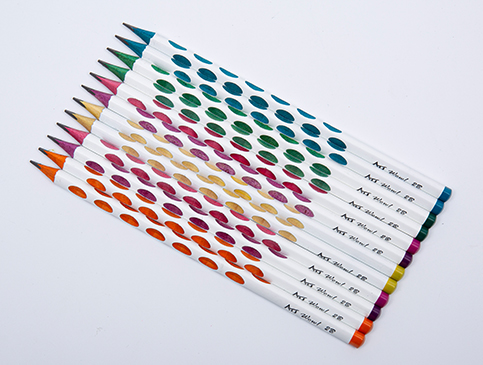
4. The Ongoing Evolution of a Classic Tool
The drawing pencil Factory continues to evolve. Eco-friendly materials, sustainable wood sources, and improved pigment formulas are reshaping how pencils are made. Some factories now use recycled wood or water-based coatings to reduce environmental impact. While the process adapts to modern needs, the essence stays the same: crafting a dependable tool for thinkers and creators.
Every drawing pencil carries with it years of design knowledge and craftsmanship. The next time you sketch a quick idea or start a new artwork, remember that it began its life in a drawing pencil Factory where tradition and innovation meet.


 English
English  Français
Français عربى
عربى Español
Español 中文简体
中文简体